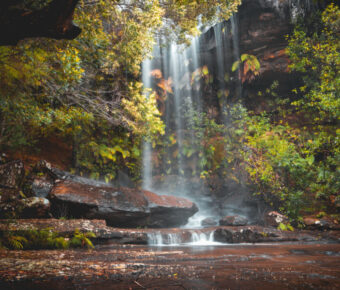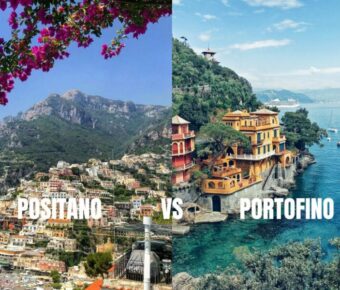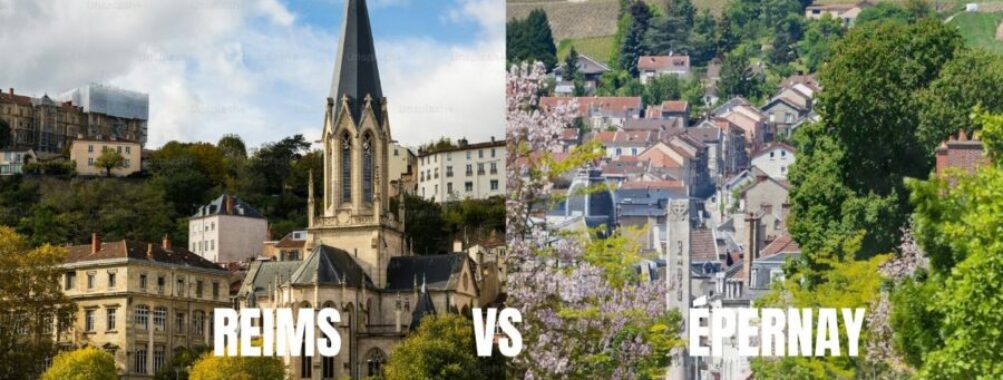
Reims vs Épernay: 7 Unmissable Insights for Champagne Lovers
Trying to pick between Reims and Épernay? Honestly, it’s like standing in front of two incredible bottles of Champagne—not much chance of a bad choice, but each one has its own unique character. If you’re chasing grand history, famous Champagne houses, and the energy of a city, Reims is your spot. If a cozy town wrapped in vineyards and a street lined with Champagne mansions sounds better, then Épernay’s calling your name.
I’ve wandered through both, and wow, they really don’t feel the same. In Reims, you’ll pass by Gothic cathedrals and stumble upon Roman ruins before ducking underground into ancient chalk cellars.
Over in Épernay, you’re probably going to lose track of time strolling the Avenue de Champagne, where every other door seems to hide a tasting room. Seriously, pack light but smart—good travel gear makes life so much easier, especially if you’re bouncing between tastings and tours.
Both towns offer more than just Champagne, though. Culture, food, and atmosphere—each shapes your trip in a different way.
The real question? It’s not which is “better,” but which one matches the trip you’re after.
Table of Contents
- Key Takeaways
- Key Differences Between Reims and Épernay
- Atmosphere and Size
- Location and Accessibility
- Best for Different Travel Styles
- Champagne Experiences in Reims
- Famous Champagne Houses to Visit
- Champagne Cellar Tours and Tastings
- Family-Run Vineyards and Workshops
- Champagne Experiences in Épernay
- Avenue de Champagne Highlights
- Iconic Champagne Houses and Cellars
- Boutique Tastings and Vineyard Tours
- Cultural and Historical Attractions in Reims
- Reims Cathedral and Gothic Architecture
- Museums and Art Galleries
- Historic Squares and Parks
- Unique Experiences in Épernay
- Balloon Rides and Vineyard Views
- Boutique Hotels and Luxury Stays
- Local Events and Seasonal Activities
- Gastronomy and Dining
- Signature Dishes of Reims
- Gourmet Experiences in Épernay
- Michelin-Starred Restaurants
- Where to Stay: Accommodation Options
- Grand Hotels and Luxury Suites
- Boutique and Family-Run Hotels
- Budget-Friendly Stays
- Frequently Asked Questions
- What distinguishes the champagne production processes between Reims and Épernay?
- Can you highlight the historical significance of Reims in comparison to Épernay in the champagne industry?
- What are the must-visit champagne houses for a truly immersive experience in Reims and Épernay?
- Could you shed light on the unique architectural styles of the cellars in Reims versus those in Épernay?
- What are the hidden gems in terms of vineyards or tasting experiences in both Reims and Épernay?
- How do the local gastronomic specialties complement the champagne tasting experience in both cities?
- Book Your Dream Experience
- More Travel Guides
Key Takeaways
- Reims brings history, culture, and those big Champagne houses
- Épernay serves up a smaller-town vibe with vineyards right there
- Both towns have their own food, wine, and places to stay
Key Differences Between Reims and Épernay
Reims and Épernay sit just half an hour apart in the Champagne region of France, but honestly, they feel like two different worlds. One buzzes with city life and history, while the other just begs you to slow down and soak up the wine-country charm.
Atmosphere and Size
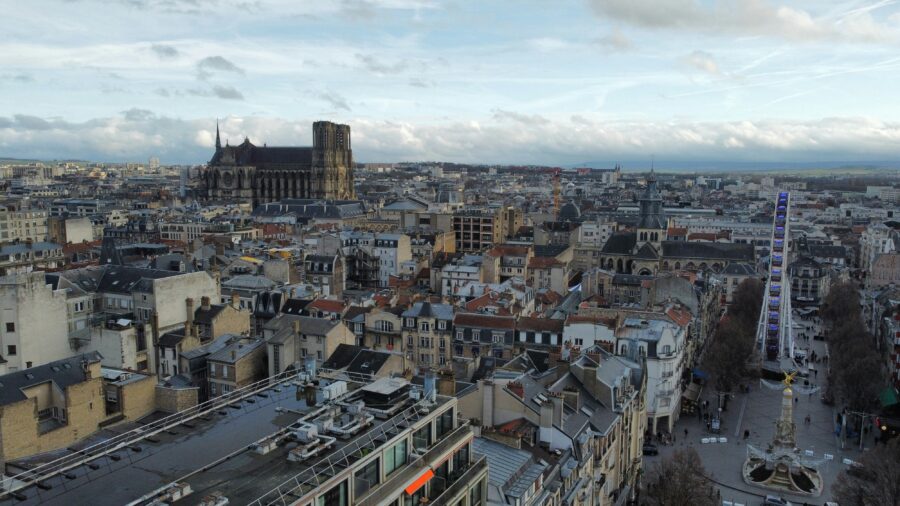
Reims is bigger—about 180,000 people—so you’ll feel that city energy right away. Busy streets, loads of restaurants, even some nightlife that Épernay just doesn’t have. If you like a bit of hustle, you’ll find it here.
Épernay, though, is tiny by comparison, with only about 25,000 residents. You’ll notice how compact and walkable it is. It’s quieter, honestly a bit sleepy, but that’s kind of the point. The slower pace lets you focus on Champagne houses and that gorgeous Avenue de Champagne.
What I love about Épernay? You can actually walk from one famous cellar to another. In Reims, you’ll have to grab a taxi or do some longer walks between places like Veuve Clicquot and Taittinger.
Location and Accessibility
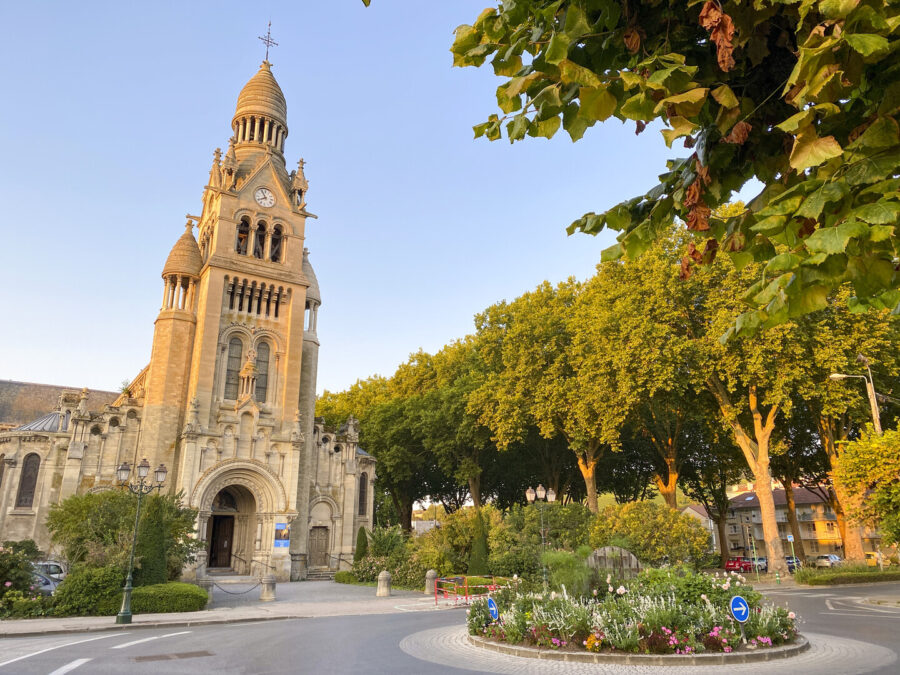
Reims wins for convenience if you’re coming from Paris. High-speed trains zip you there in about 45 minutes, and the station drops you right near the center. You can start exploring almost as soon as you step off the train.
Épernay is also easy enough by train, but it usually takes more like 1 hour 15 minutes. It’s not hard, just a bit more of a trek. The payoff? Épernay feels tucked away, less frantic, and all about Champagne.
Driving between the two? It’s a short, scenic trip through rolling vineyards that pretty much scream “Champagne country.”
Best for Different Travel Styles
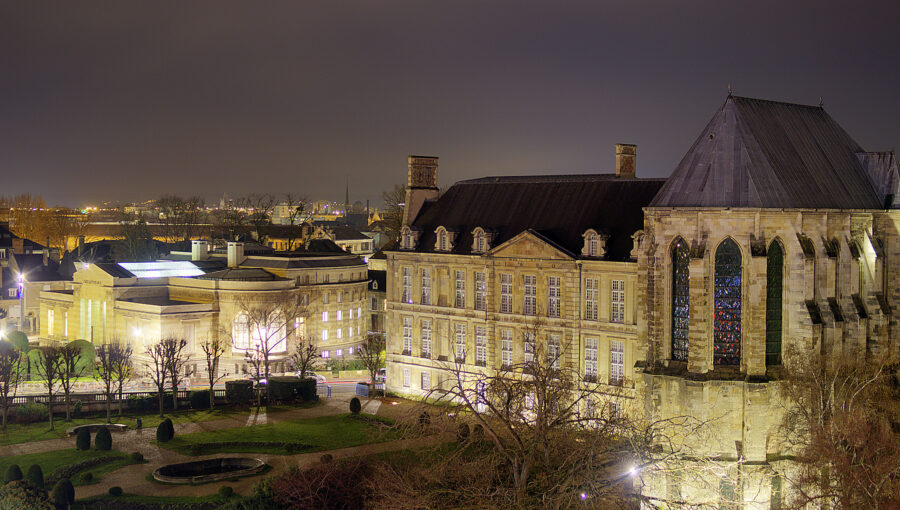
If you geek out over history, art, or architecture, Reims is your jam. The Gothic Reims Cathedral alone is worth the trip—imagine French kings getting crowned there. Add the Palace of Tau and some Roman ruins, and you’ve got centuries of stories layered into one city.
But if your dream trip is just endless Champagne sipping, Épernay fits the bill. The Avenue de Champagne is lined with legends like Moët & Chandon and Perrier-Jouët. You can literally spend a whole day walking from tasting to tasting, no taxi required.
Honestly, I think Reims is perfect for travelers who want a mix of history and wine, while Épernay is for those who want a quieter, wine-soaked escape. Both work as easy day trips from Paris—it’s all about whether you want city buzz or vineyard calm.
Champagne Experiences in Reims
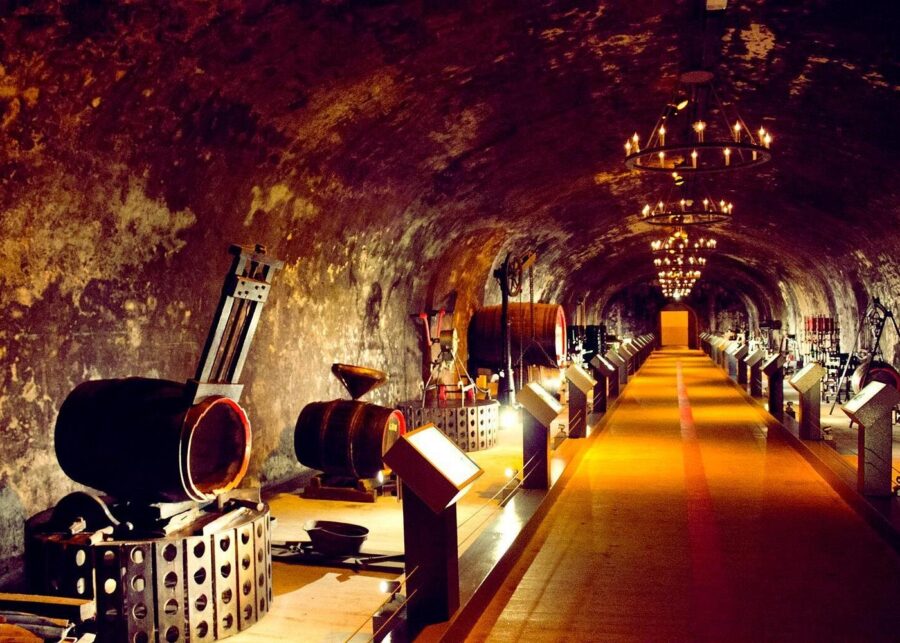
Reims gives you a wild mix of big-name Champagne houses, ancient underground cellars, and family-run spots that feel more personal. You can bounce between grand tasting rooms and cozy workshops, each one showing you a new side of the city’s Champagne obsession.
Famous Champagne Houses to Visit
If you’re in Reims, you’ll probably start with the heavy hitters. Taittinger, Veuve Clicquot, Pommery, Ruinart—these are the labels you’ve seen everywhere. It’s not just about the bubbles; it’s about the stories, the architecture, the whole vibe.
Veuve Clicquot’s story is especially cool—Madame Clicquot ran the show in the early 1800s. Taittinger’s cellars sit in old Roman chalk pits, which is just wild. Pommery? It’s got that bold Art Nouveau look and a massive estate that’s hard to miss.
You’ll also spot Vranken and G.H. Martel. Each house brings its own character and style. Visiting these places feels polished, sometimes even a bit theatrical, but honestly, that’s half the fun.
Champagne Cellar Tours and Tastings
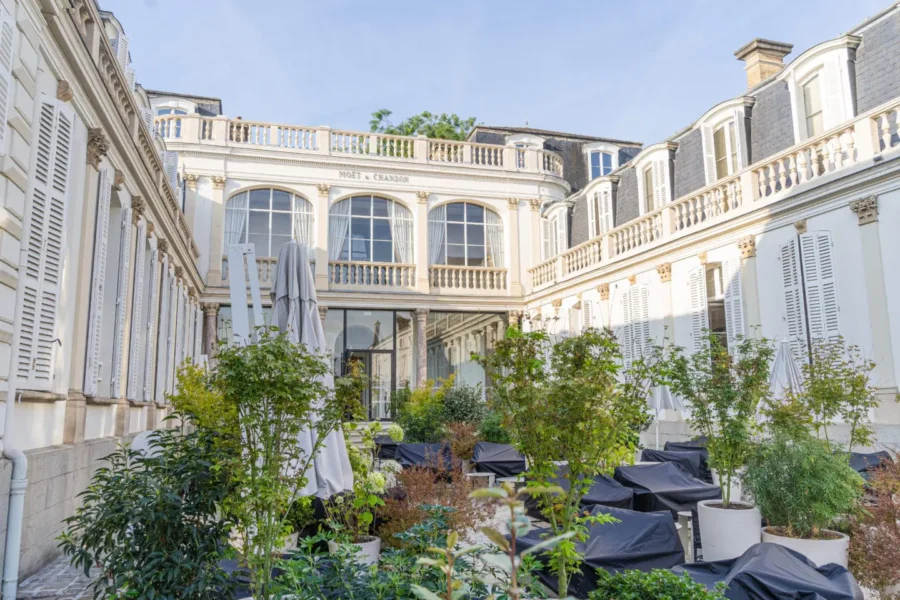
Going underground in Reims is unforgettable. Many Champagne houses age their bottles in ancient chalk quarries—crayères—dating back to Roman times. Wandering those cool, dim tunnels lined with thousands of bottles? It sticks with you.
Ruinart’s cellars, now a UNESCO World Heritage site, are especially impressive. Taittinger offers tours that blend history with tastings, and you end up with a glass in hand. The vibe is hushed, almost like a cathedral, but you’re surrounded by Champagne instead of stained glass.
Tastings depend on the house. Some stick to the basics—Brut and Rosé—while others let you compare vintages side by side. If you’re curious about how aging changes flavor, these guided tastings are honestly the best classroom.
Family-Run Vineyards and Workshops
Don’t skip the small producers around Reims. Family-run vineyards welcome you with a more relaxed, personal touch. Forget polished branding—it’s all about real stories and hands-on experiences here.
Some families offer Champagne workshops where you can learn how blending works or even try disgorging a bottle yourself. These sessions give you a fresh appreciation for the craft.
I once joined a workshop at a tiny estate outside Reims. The winemaker poured samples straight from the tank. It wasn’t fancy, but it felt real in a way the bigger houses can’t always match. You leave with more than just a buzz—you get a sense of the hard work behind every bottle.
Champagne Experiences in Épernay
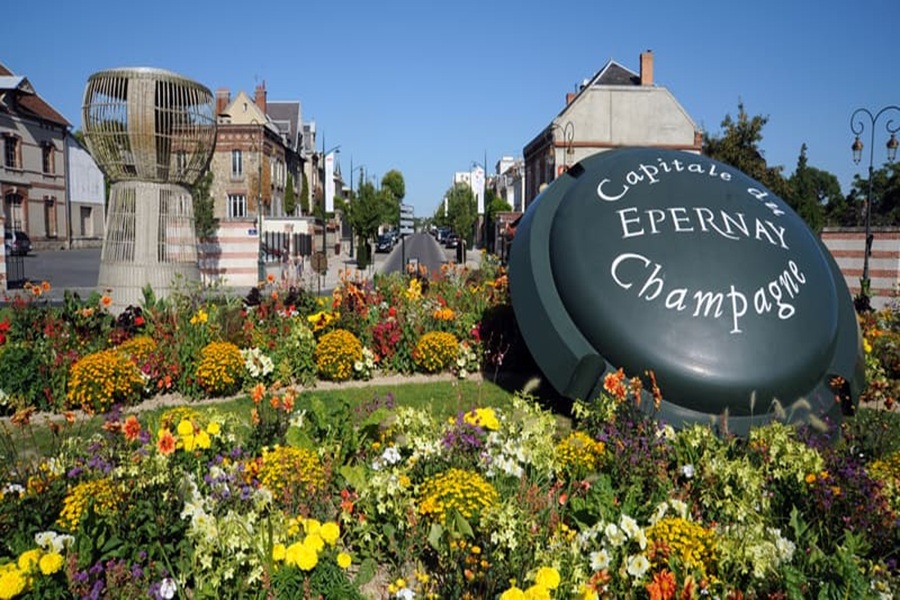
Épernay calls itself the “capital of Champagne,” and honestly, it earns the title. The town mixes grand Champagne houses with intimate family-run estates, all nestled among rolling vineyards. You’ll find both big names and hidden gems, often just steps apart.
Avenue de Champagne Highlights
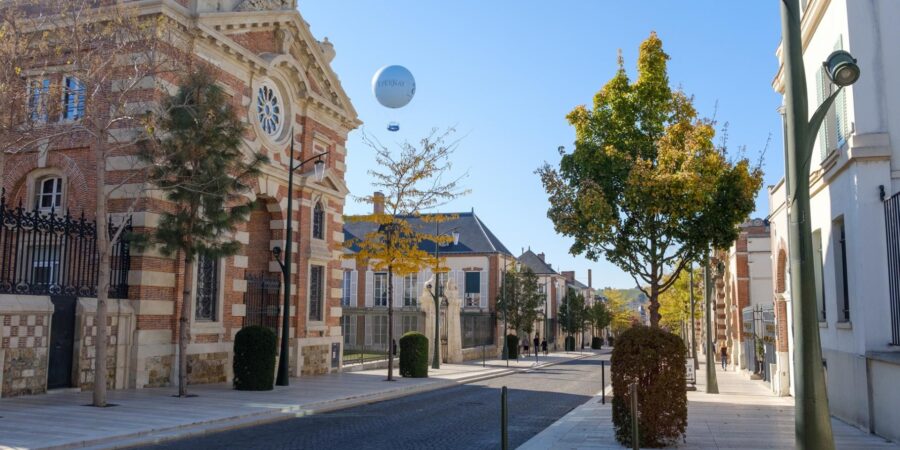
Walking down Avenue de Champagne? It’s like wandering through a living museum for sparkling wine. This boulevard is lined with stately mansions, many belonging to the most prestigious Champagne houses. Beneath your feet, miles of chalk cellars quietly age millions of bottles.
Moët & Chandon, Perrier-Jouët, Pol Roger—these names dominate the avenue. Each mansion has its own style, from ornate Belle Époque facades to understated stone townhouses. I visited one summer, and the street buzzed with open-air tastings and locals spilling onto terraces.
Short on time? Avenue de Champagne makes it easy to sample several houses without a car. Everything’s close, so you can wander at your own pace. At night, the avenue glows—an evening stroll with a glass in hand feels pretty magical.
Iconic Champagne Houses and Cellars
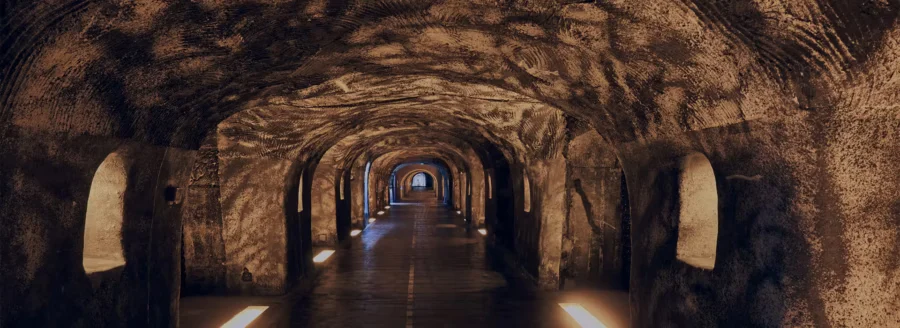
The cellars in Épernay are just as fascinating as the Champagne itself. Touring Moët & Chandon’s massive underground network gives you a sense of the scale here. You’ll walk through cool, dim tunnels that stretch for miles, bottles stacked as far as you can see.
Mercier shakes things up with a small train that zips you through their cellars—honestly, it’s a blast if you want something less formal. Boizel offers a more intimate experience, with guides who share family stories along with the tastings.
Each cellar tour feels a little different. Some lean into history, others focus on modern production. If you’re not a fan of crowds, book in advance—Moët can get packed.
Boutique Tastings and Vineyard Tours
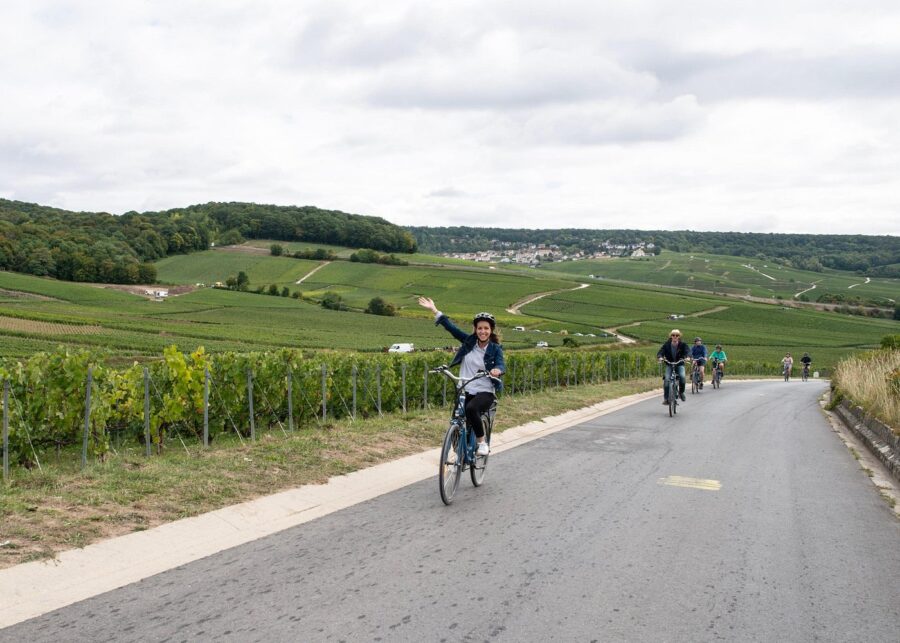
The real magic in Épernay happens when you venture into its family-run vineyards and small producers. Many don’t export widely, so tasting here might be your only shot at their wines. I ended up in a grower’s kitchen once, kids running around, Champagne being poured—it felt like a true slice of local life.
These smaller tastings give you more time with the winemaker. You can ask all your nerdy questions and maybe taste limited cuvées or older vintages that never hit store shelves.
For a change, rent a bike and ride out to villages like Hautvillers, the home of Dom Pérignon. Within minutes, you’re pedaling through vineyards, stopping at rustic cellars where the welcome is always warm. It’s a slower, more personal way to soak up Champagne culture.
Want to plan your route? Guides like this Épernay vs Reims breakdown can help you figure out which tastings and tours fit your style.
Cultural and Historical Attractions in Reims
Reims packs in medieval architecture, royal history, and peaceful green spaces. You can step into centuries-old cathedrals, wander museums that shaped Europe, and hang out in lively squares where locals sip coffee or Champagne.
Reims Cathedral and Gothic Architecture
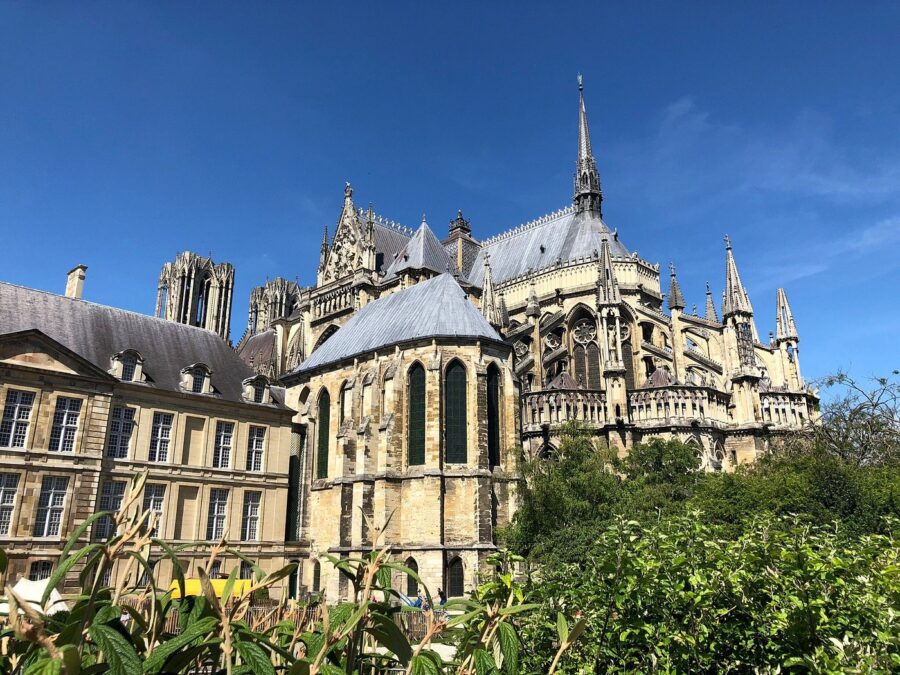
The Notre-Dame de Reims Cathedral really is the city’s crown jewel. This massive Gothic masterpiece, a UNESCO World Heritage Site, hosted the coronations of 33 French kings. When you step inside, just look up—the stained glass and soaring arches almost defy belief.
The cathedral is covered in more than 2,000 statues, including the famous smiling angel. I always end up circling back, spotting new details every time. Don’t miss the Palais du Tau next door. It once hosted French kings during coronations and now holds treasures like robes and tapestries.
I remember ducking in on a rainy day—the sound of water outside made the stone interior feel even more dramatic. It’s one of those rare places where history isn’t locked up behind glass—it’s literally in the walls.
Museums and Art Galleries
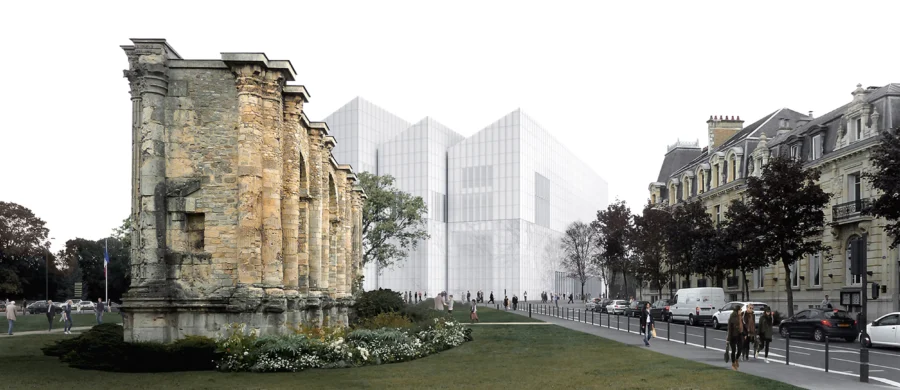
Reims really surprised me with its museum scene, especially for a city its size. The Musée des Beaux-Arts is a solid pick if you’re into painting and sculpture.
It’s not intimidating like the Louvre, which is honestly a relief—you can slow down and actually connect with the art.
If you’re after something more contemporary, the Musée de la Reddition is a must. Germany signed its surrender here in 1945, officially ending World War II in Europe.
Standing in that very room? It hits you, in a good way—there’s a weight to it that sticks.
Don’t skip the smaller galleries scattered around the city center. Local artists get their moment, and sometimes you’ll walk in during an opening and end up sipping free wine.
It’s all a bit more spontaneous and personal, which is exactly the vibe I chase when I travel.
Historic Squares and Parks
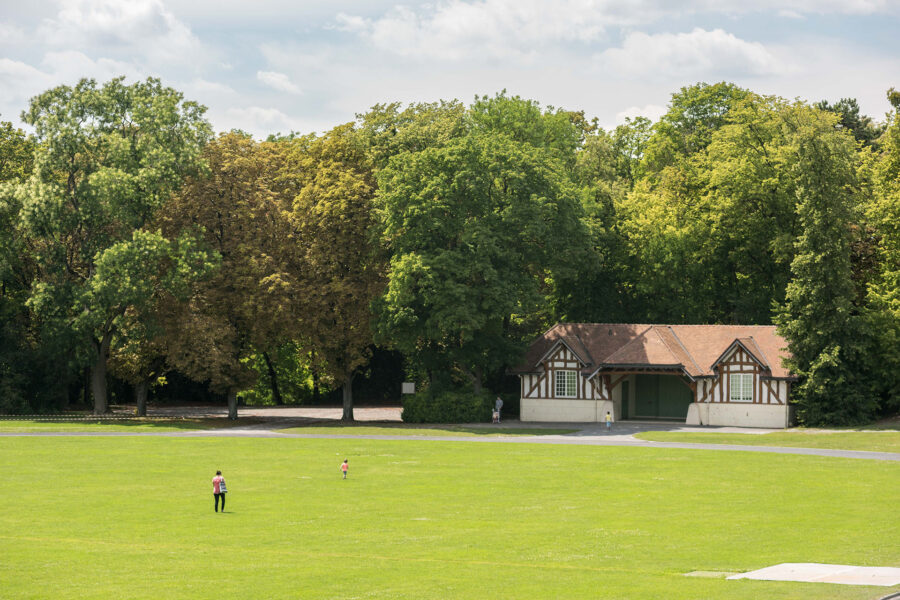
Reims isn’t just about grand cathedrals and old stones—there’s plenty of life out in the open, too. Place Drouet d’Erlon is the main pedestrian hub, packed with cafés and restaurants.
Grab a glass of Champagne, sit outside, and just watch the world go by.
Place du Forum sits nearby, with roots that go all the way back to Roman times. I once stumbled upon a little market there selling cheese and charcuterie—felt way more local than touristy, if you ask me.
Craving green space? Parc de Champagne is huge, with winding paths and picnic spots.
You’ll see families, runners, students—everyone claims a corner, and the place feels lived-in, not overly manicured.
Squares and parks like these balance out all the history.
They’re where you can actually slow down and catch the daily rhythm of Reims.
Unique Experiences in Épernay
Épernay brings together quiet charm with a splash of indulgence you don’t always find in bigger Champagne towns. Whether you’re floating above the vineyards or staying in a boutique hotel, even a quick trip here feels like something special.
Balloon Rides and Vineyard Views
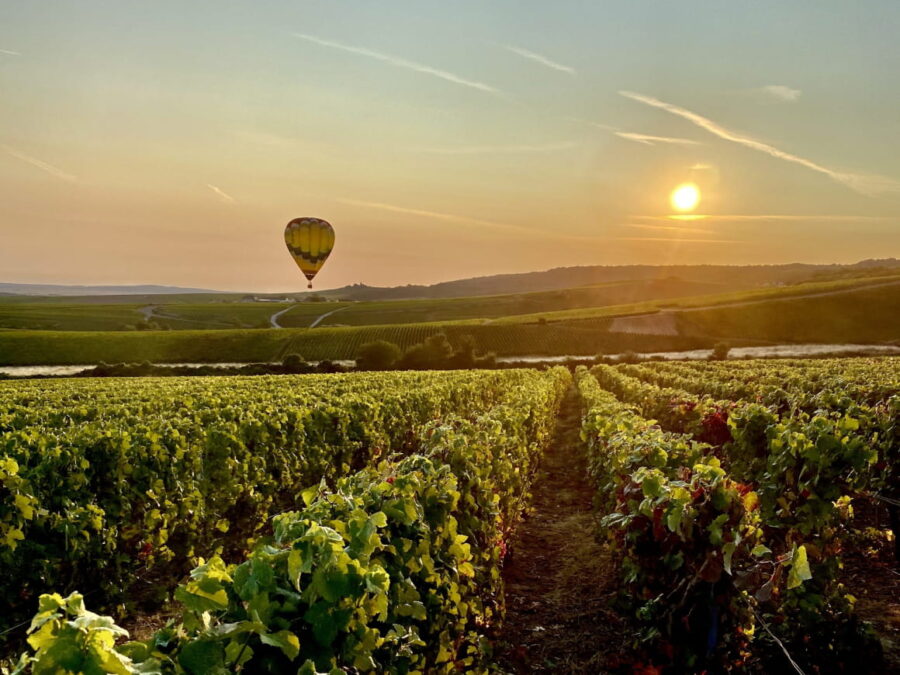
If you want a memory that’ll stick, try seeing Épernay from above. The tethered hot air balloon on Avenue de Champagne lifts you up for a sweeping view over the town and all those endless vineyards.
On a clear day, you can spot Reims in the distance and little villages tucked into the hills.
The ride doesn’t last long—maybe 10 minutes—but it’s plenty to appreciate how the vineyards wrap around Épernay like a patchwork.
It’s even better at sunset, when everything glows.
If you’re thinking about this, book ahead on platforms like GetYourGuide, especially during harvest.
Those slots disappear fast.
Boutique Hotels and Luxury Stays
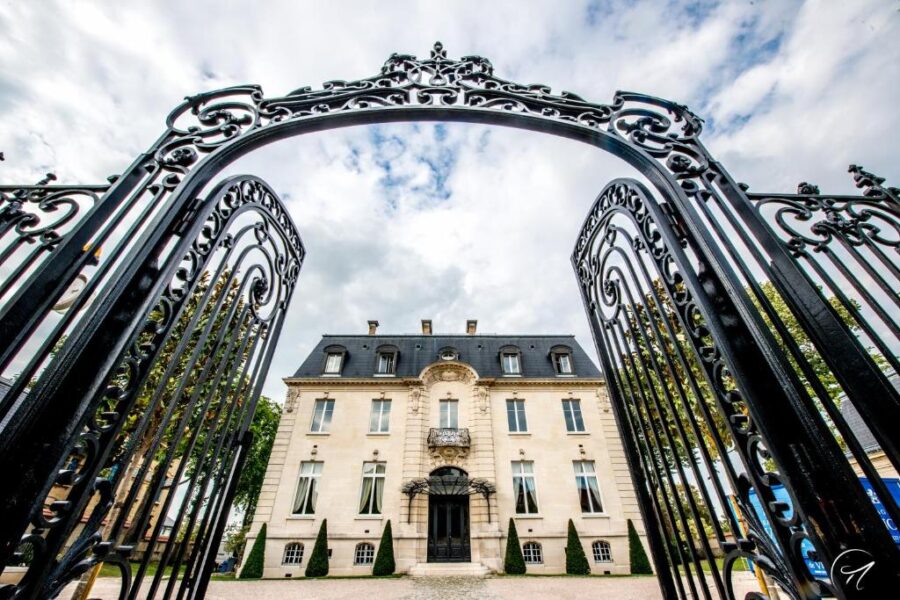
Épernay may be compact, but it’s packed with stylish places to stay. Les Suites du 33 sits right on Avenue de Champagne, so you’re steps from the big Champagne houses, but the vibe stays private and relaxed.
Lots of hotels here blend old-world charm with modern touches—think exposed stone next to sleek furniture, or leafy courtyards perfect for a pre-dinner glass.
Compared to Reims, Épernay’s hotels feel more cozy, more personal.
If you’re craving luxury, you’ll find spa services and gourmet dining, too.
Some properties even set up private tastings with local winemakers, so you can enjoy the region’s best without leaving your hotel.
Local Events and Seasonal Activities
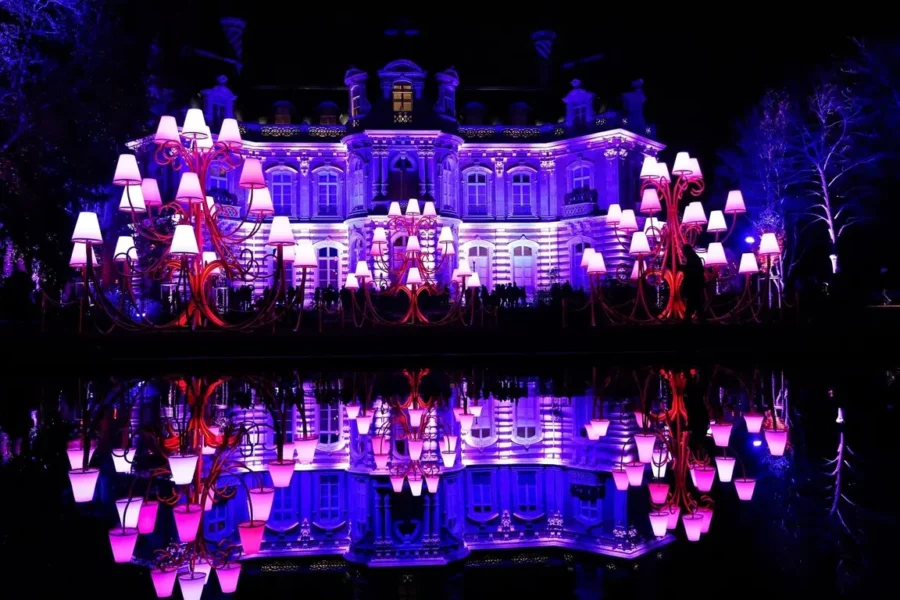
Timing matters in Épernay.
If you visit during harvest, the whole town buzzes as grapes are picked and pressed—the tractors, the workers, the energy, it’s the real Champagne-making experience.
Throughout the year, Épernay hosts festivals and cultural events.
One standout is “Habits de Lumière” in December, when Avenue de Champagne lights up with shows, parades, and street performances.
It’s festive, but still feels small-town and welcoming.
For guided activities beyond tastings, check out Viator for day trips and seasonal tours.
You’ll find vineyard visits, food pairings, and countryside excursions—perfect for getting a broader sense of the region.
No matter when you go, Épernay’s calendar keeps things interesting with a mix of wine-focused and cultural events.
Gastronomy and Dining
Champagne’s food scene offers a blend of rustic tradition and refined flair. In Reims, locals keep things hearty and rooted in history, while Épernay leans into intimate, Champagne-focused dining.
Both towns deliver, whether you’re craving down-to-earth flavors or chasing a fancy tasting menu.
Signature Dishes of Reims
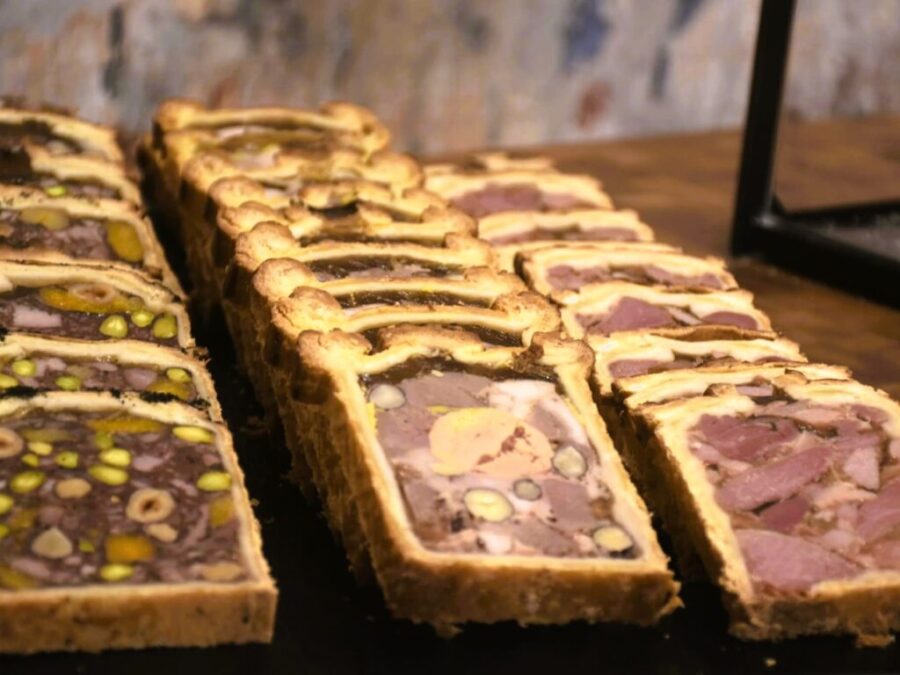
Reims doesn’t just live for Champagne—its food culture is proud and distinct. Pâté de Reims tops the list: rustic pork terrine wrapped in pastry, usually served with mustard or pickles.
You’ll spot it in casual brasseries all over town.
Reims ham is another favorite—lightly smoked, sometimes glazed with Champagne.
Pair it with a glass of brut and you’re set.
And those pink, crunchy biscuits roses de Reims? Dip them in Champagne. They’ve been around since the 17th century and, honestly, they’re addictive.
You’ll also see French classics like escargots de Bourgogne, boeuf bourguignon, and coq au vin—sometimes with a Champagne twist.
I once tried coq au vin with local Pinot Noir instead of Burgundy wine. It was unexpected, but wow, it worked.
Gourmet Experiences in Épernay
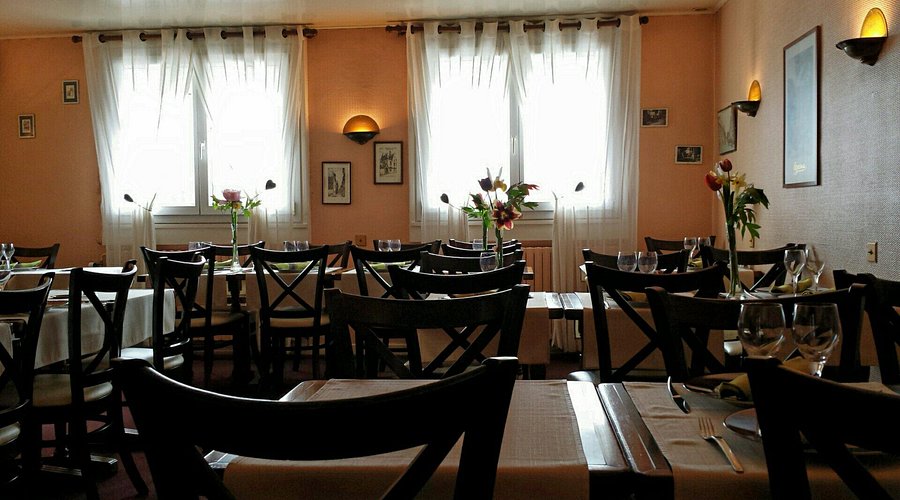
Épernay’s dining scene is quieter and more intimate than Reims.
You’ll find cozy bistros that focus on regional ingredients, often paired with Champagne from just down the street.
It’s less about fancy dining rooms, more about thoughtful details and personal touches.
One of the best parts is eating at restaurants linked to Champagne houses.
Imagine a dish of roasted fish in beurre blanc, the Champagne you’re drinking made just meters away. That’s Épernay—wine and food, totally intertwined.
Chefs here tend to favor lighter cooking, letting the wine shine.
Expect menus full of fresh seafood, seasonal veggies, and delicate sauces.
It’s the kind of place where you linger over lunch, not rush through it.
Michelin-Starred Restaurants
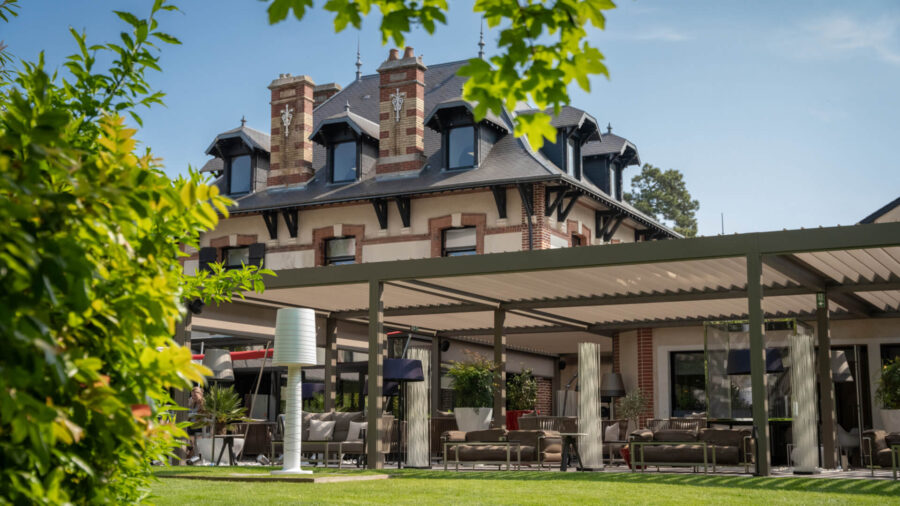
If you’re into fine dining, Reims takes the crown.
The city boasts several Michelin-starred restaurants like L’Assiette Champenoise, run by Chef Arnaud Lallement.
You’ll find refined plates—scallops with truffle cream, lobster in its own jus. It’s a splurge, but one you’ll remember.
Le Parc at Les Crayères blends classic French cuisine with global influences, while Racine (two stars) surprises with a Japanese-French fusion that’s honestly pretty inspired.
If you want food that feels like art, Racine is your spot.
Épernay doesn’t chase stars the same way, but don’t let that fool you.
Most restaurants focus on Champagne pairings and a relaxed vibe.
So, if you want the full white-tablecloth experience, book ahead in Reims.
If you’re after a cozy dinner with a bottle straight from the cellar, Épernay’s got you covered.
Where to Stay: Accommodation Options
Reims buzzes with city energy and hotel choices, while Épernay offers a quieter, more intimate stay—sometimes right on Avenue de Champagne itself.
Whether you want luxury or something homey, there’s a spot for every kind of traveler.
Grand Hotels and Luxury Suites
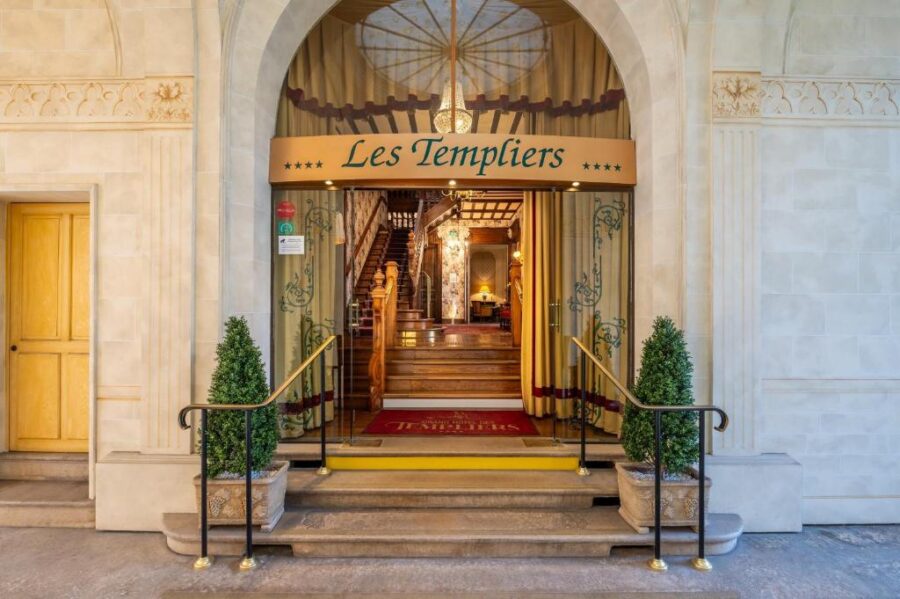
If you’re ready to splurge, Reims has some classics.
Grand Hôtel des Templiers sits in a peaceful neighborhood, still close to the cathedral, and feels elegant without being showy.
The indoor pool is a bonus, especially if you visit when it’s chilly out.
For a modern vibe, La Caserne Chanzy faces Reims Cathedral and has a spa you’ll want to make time for.
In Épernay, Les Suites du 33 at Champagne De Venoge stands out—you’re literally on Avenue de Champagne, surrounded by legendary houses.
If countryside luxury is your thing, Royal Champagne Hotel & Spa in Champillon gives you sweeping vineyard views.
It’s a splurge, sure, but the terrace alone is worth it.
Compare rates on Booking.com if you’re on the fence.
Boutique and Family-Run Hotels
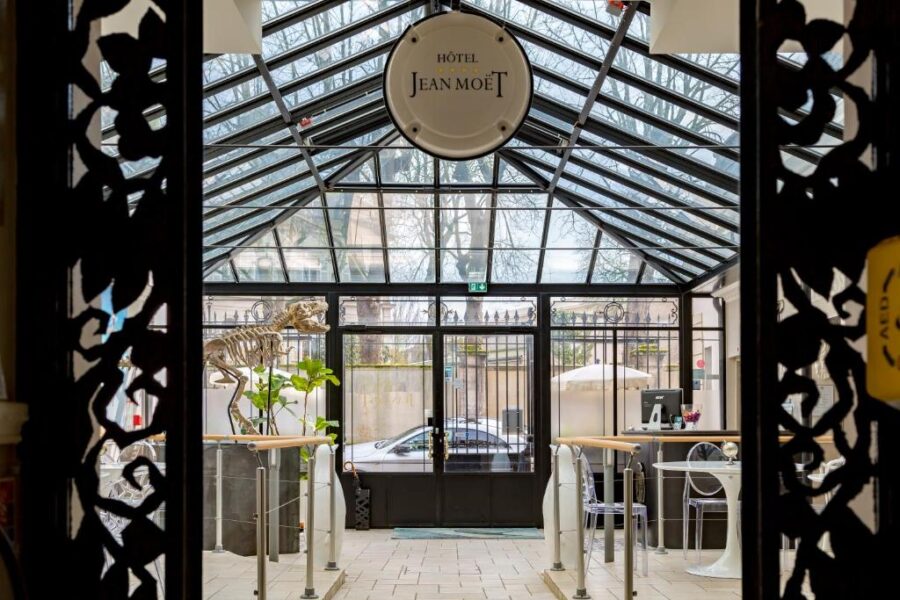
Sometimes the little places leave the biggest impression.
In Reims, Hôtel Azur is a family-run favorite—simple, warm, and the staff give genuinely honest local tips.
You feel like a guest, not just another booking.
Épernay has its own gems, like Hôtel Jean Moët just off Avenue de Champagne.
It’s cozy, central, and full of character.
You can walk to tastings in minutes.
If you’re driving, consider village hotels outside town.
They’re quieter, often run by Champagne producers, and breakfasts are hearty.
I once stayed near Avize where the owner poured me a glass from his own cellar—hard to beat that kind of hospitality.
Budget-Friendly Stays
You don’t have to break the bank to stay in Champagne.
Reims, being bigger, offers more affordable two- and three-star hotels close to the train station.
They’re practical if you’re traveling by rail and don’t need all the bells and whistles.
Épernay’s budget options are fewer, but you’ll find small hotels and guesthouses run by locals.
No big lobbies or gyms, but plenty of charm and good locations.
If you’re flexible, hunt for deals on KAYAK or similar sites.
Sometimes you’ll snag a boutique stay for the price of a chain.
And honestly, saving on the room just means more Champagne tasting cash—which is what you’re really here for, right?
Frequently Asked Questions
Reims and Épernay sit just half an hour apart, but they couldn’t feel more different.
One is all grand cathedrals and sweeping history; the other is about intimate Champagne houses and vineyard strolls.
Both spoil you with cellar tours, food pairings, and bubbly galore.
What distinguishes the champagne production processes between Reims and Épernay?
You’ll spot the big names—Veuve Clicquot, Taittinger—clustered in Reims, where large-scale production rules the day.
The chalk caves here help them age Champagne on a massive scale.
Épernay, though, feels more personal.
Along Avenue de Champagne, family-run maisons focus on smaller cuvées.
Tastings here come across as more hands-on and relaxed, while Reims sometimes leans a bit corporate.
I honestly prefer the Épernay approach, but hey, that’s just me.
Can you highlight the historical significance of Reims in comparison to Épernay in the champagne industry?
Reims just oozes history. Picture this: French kings getting crowned in its cathedral, with champagne flowing at every celebration.
That royal tradition really put Reims on the map. The city’s reputation in the champagne world has roots that run deep.
Épernay, on the other hand, doesn’t have that same royal backstory. But it’s earned the “capital of Champagne” title, and honestly, it feels right.
Avenue de Champagne is wild—it’s basically a who’s who of champagne producers, all lined up in one place. Wandering down that street, you can’t help but feel like you’re in the thick of it.
What are the must-visit champagne houses for a truly immersive experience in Reims and Épernay?
In Reims, I’d start with Taittinger’s chalk cellars. There’s something about those ancient tunnels that gives you chills.
Veuve Clicquot is another classic. You get the sense of scale and history all at once, and the storytelling there is top-notch.
Épernay’s got heavyweights like Moët & Chandon, of course. But honestly? I love Champagne de Castellane for a change of pace.
Climbing their tower for a view over town just feels special, and it’s usually a little quieter than the big houses.
Could you shed light on the unique architectural styles of the cellars in Reims versus those in Épernay?
Reims wins on drama, hands down. Its cellars are carved into ancient Roman chalk pits, and walking through them feels almost sacred.
Those arched ceilings and cool, echoing corridors—honestly, it’s like an underground cathedral for bottles.
Épernay’s cellars are a different beast. They’re plainer, stretching for miles beneath the town, and they just go on and on.
There’s less grandeur, but the sheer scale is mind-blowing. Here, it’s all about practicality, not showiness.
If you’re near Reims, don’t miss the Montagne de Reims villages. One time in Verzenay, a winemaker let me taste straight from the barrel—still one of my favorite memories.
Close to Épernay, Hautvillers is a gem. Dom Pérignon lived there, and the views over the vineyards are unreal.
The family-run cellars in Hautvillers make you feel like you’re visiting old friends, not just tasting wine.
How do the local gastronomic specialties complement the champagne tasting experience in both cities?
In Reims, you’ve got to try champagne with jambon de Reims or those famous pink biscuits. Locals actually dunk the biscuits right into their glass—sounds a bit wild, but honestly, it just works.
Épernay? It’s a whole different vibe. The city leans heavily into regional cheeses and pâtés. I once paired a creamy Chaource with a crisp brut there, and wow, it was one of those unexpectedly perfect combos you just can’t shake from your memory.
